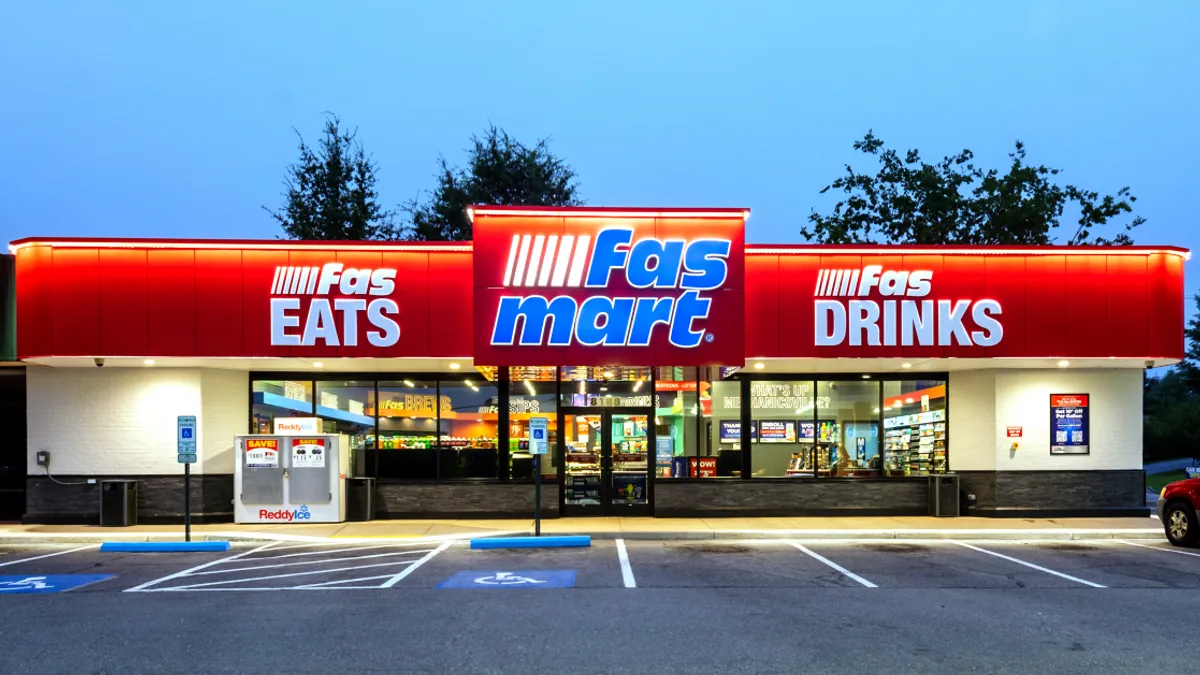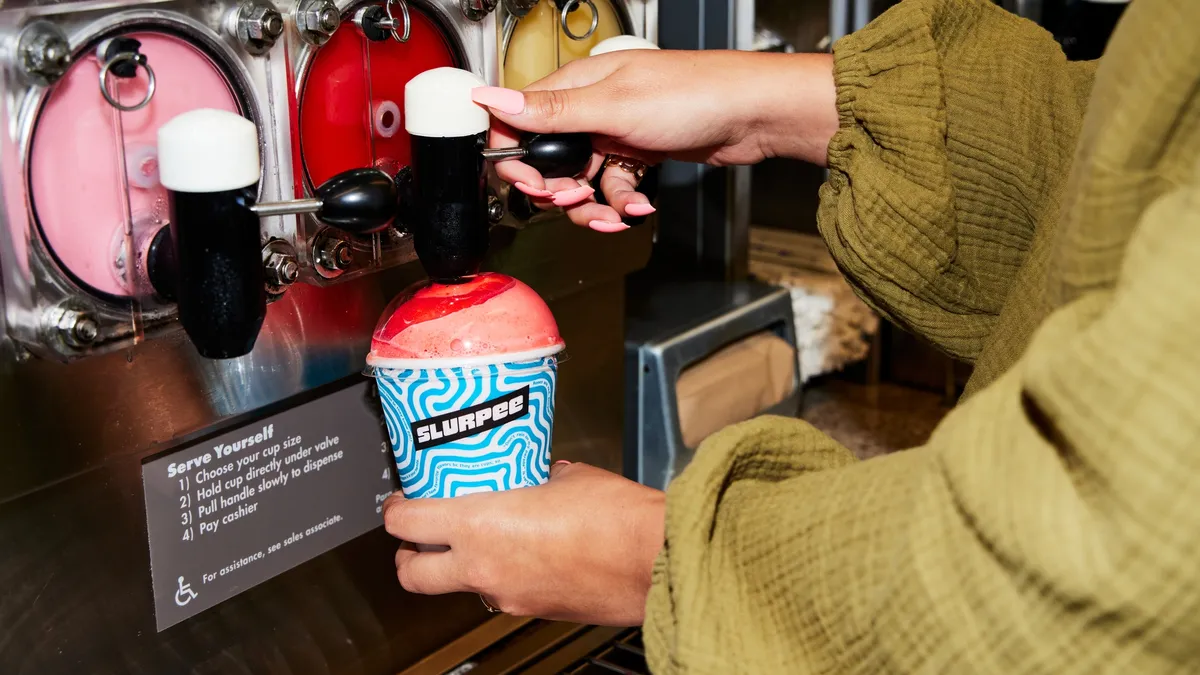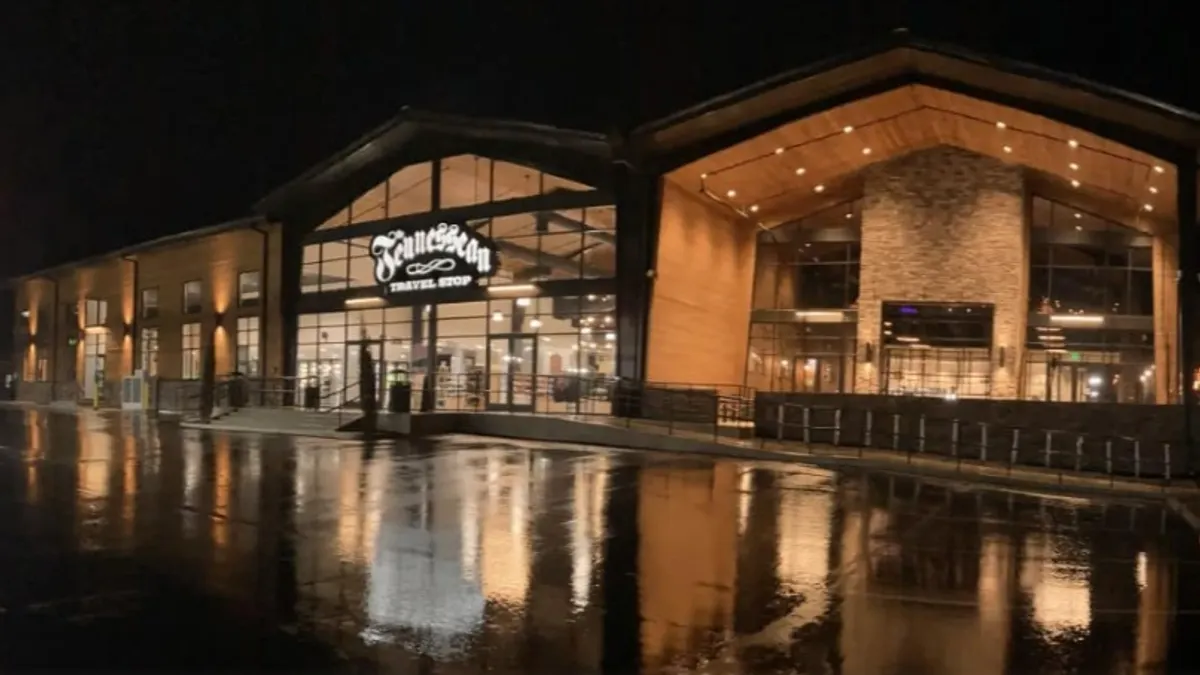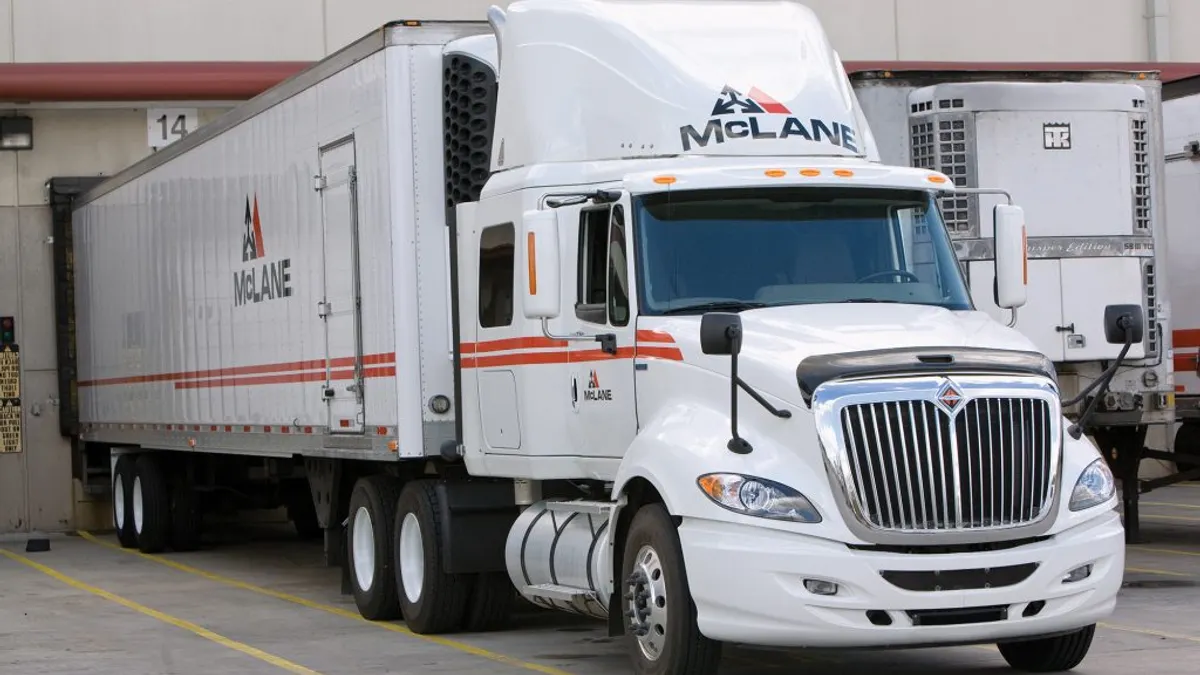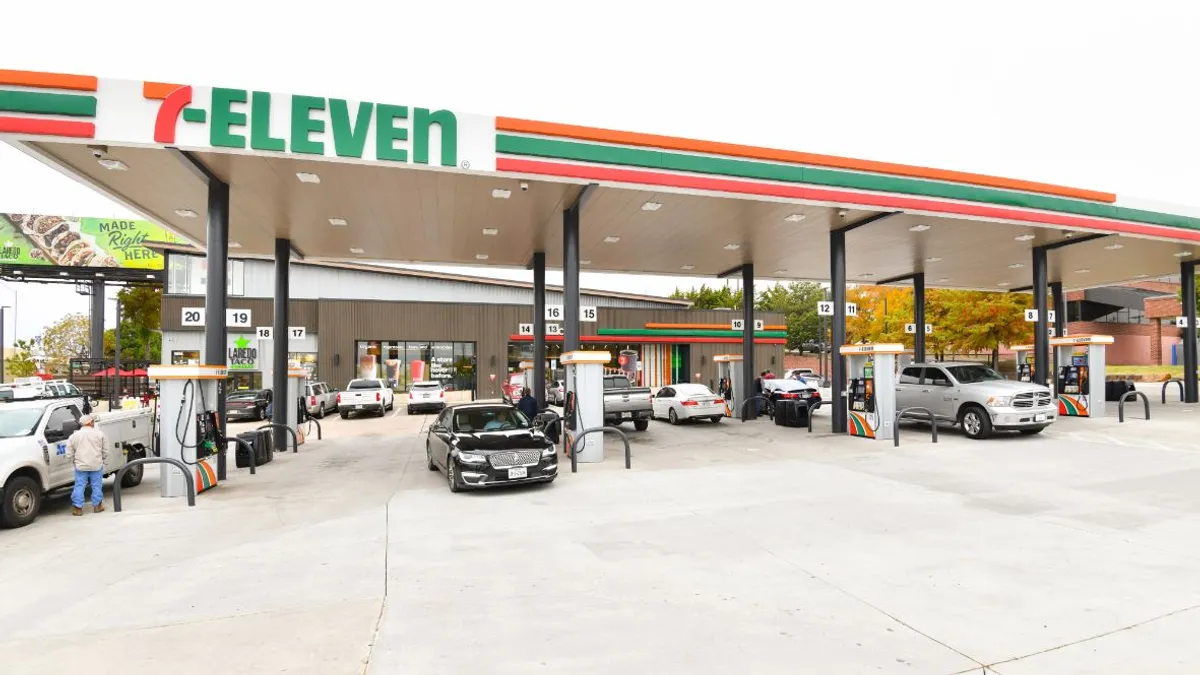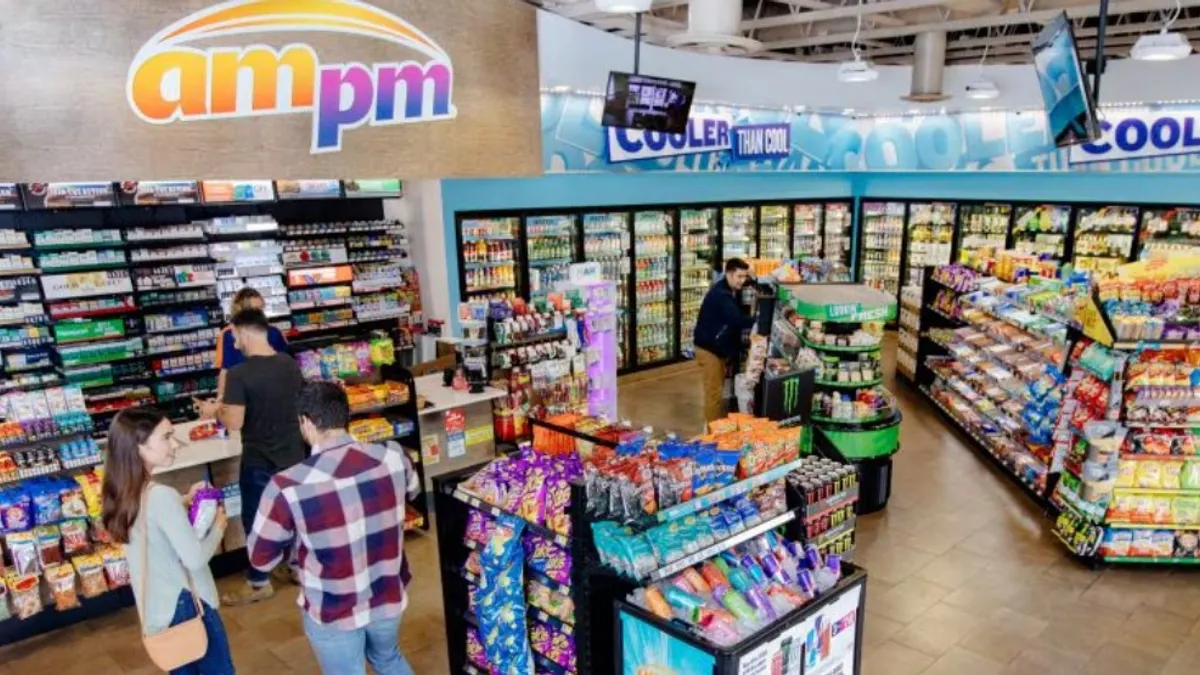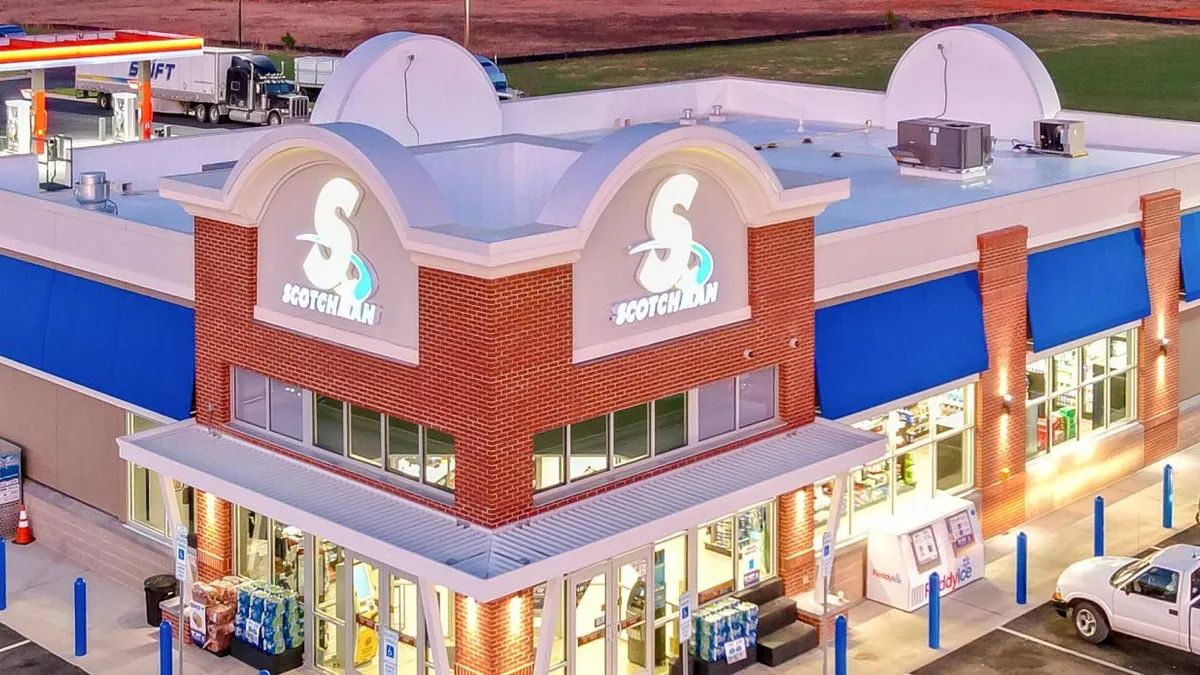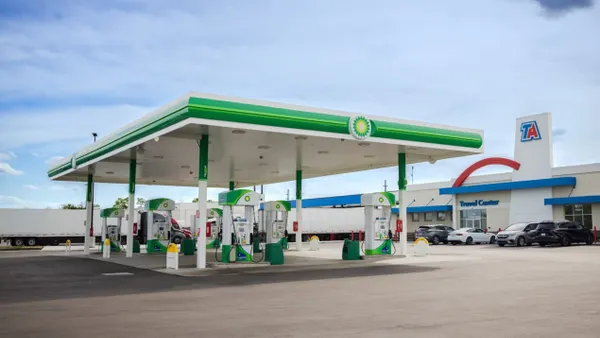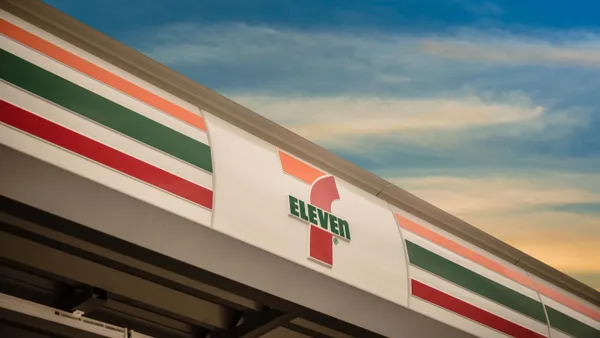Mergers and buyouts are nothing new for the convenience store space. In the last two months alone, eight multi-store acquisitions have made headlines, including multiple deals by Majors Management and 7E Holdings buying out Chisholm Corner.
“It's highly acquisitional, in part because it's so fragmented, “ said Yael Mohan, partner at Bain & Company, a management consulting firm. Over 60% of c-stores were independent operators in 2022, according to NACS.
With every acquisition, of course, comes a lengthy integration process. It’s a process that can take a significant amount of time — and one that could make or break the fortunes of the acquired company and the operator that bought it.
As M&A continues to roll across the c-store industry, companies are honing their integration strategies as they seek an edge in this highly competitive business.
Arko Corp. has developed a deep understanding of the integration process. As Arie Kotler, chairman and CEO of Arko, pointed out, the company has made 24 acquisitions in eight years. This breadth of experience has helped it build a strong process for integrating new stores into the company.
“Those are the things that you take, things that you learn from every acquisition. You get better and better and better,” said Kotler in an interview.
For Arko, that’s meant developing processes for training workers, creating an internal team dedicated to acquisitions and even building an integration team for the “day after the acquisition.”
And that process can help c-store operators decide to sell to Arko in the first place.
“Money? It's important, yes. But at the end of the day, for some of those families, that's selling their parents’ legacy,” said Kotler. “They wanna make sure that you will take care of not only their brand, you’re also gonna take care of their people.”
What to keep, what to change
One of the biggest questions a c-store operator faces when it picks up another is how much of the new acquisition to change. The brand’s name can be one of the first things to address.
“More times than not they’re going to brand the convenience store,” said Jon Rinaldi, managing director with Wells Fargo. But he noted that it’s definitely not a universal rule, pointing out EG America’s acquisition of Cumberland Farms, a brand it chose to keep.
Mohan agreed, saying that it’s important during the acquisition process to assess the strength of both brands to determine if rebranding is a good idea.
“Some brands are just beloved. They have extraordinary levels of customer advocacy,” Mohan said.
Arko tends to retain the branding of the chains it picks up, largely because its acquisition strategy is informed by the strength and history of the other chains.
“We usually buy a chain that has brand equity,” said Kotler. “Most of them have the legacy of many, many years in the business.”
As an example, he pointed to the acquisition of Handy Mart in South Carolina in 2021. There were only 36 locations, but the chain had a history that stretched back a century.
“You don't take down a brand that is 101 years old unless there is really no brand equity,” Kotler said. “So typically we buy brands that we keep.”
That’s not always the case. Arko may fold in a smaller chain if there’s a similarly strong brand in its portfolio in that area. He pointed to the decision to rebrand one of Arko’s earlier acquisitions to Scotchman, a chain the company bought in 2013 in the southeast U.S., largely in the Carolinas.
“We have close to 200 Scotchman in the market, and everybody knows Scotchman. … So we decided that removing this eight-store brand would not deteriorate the customers, because they are moving to another chain that they know very well.”
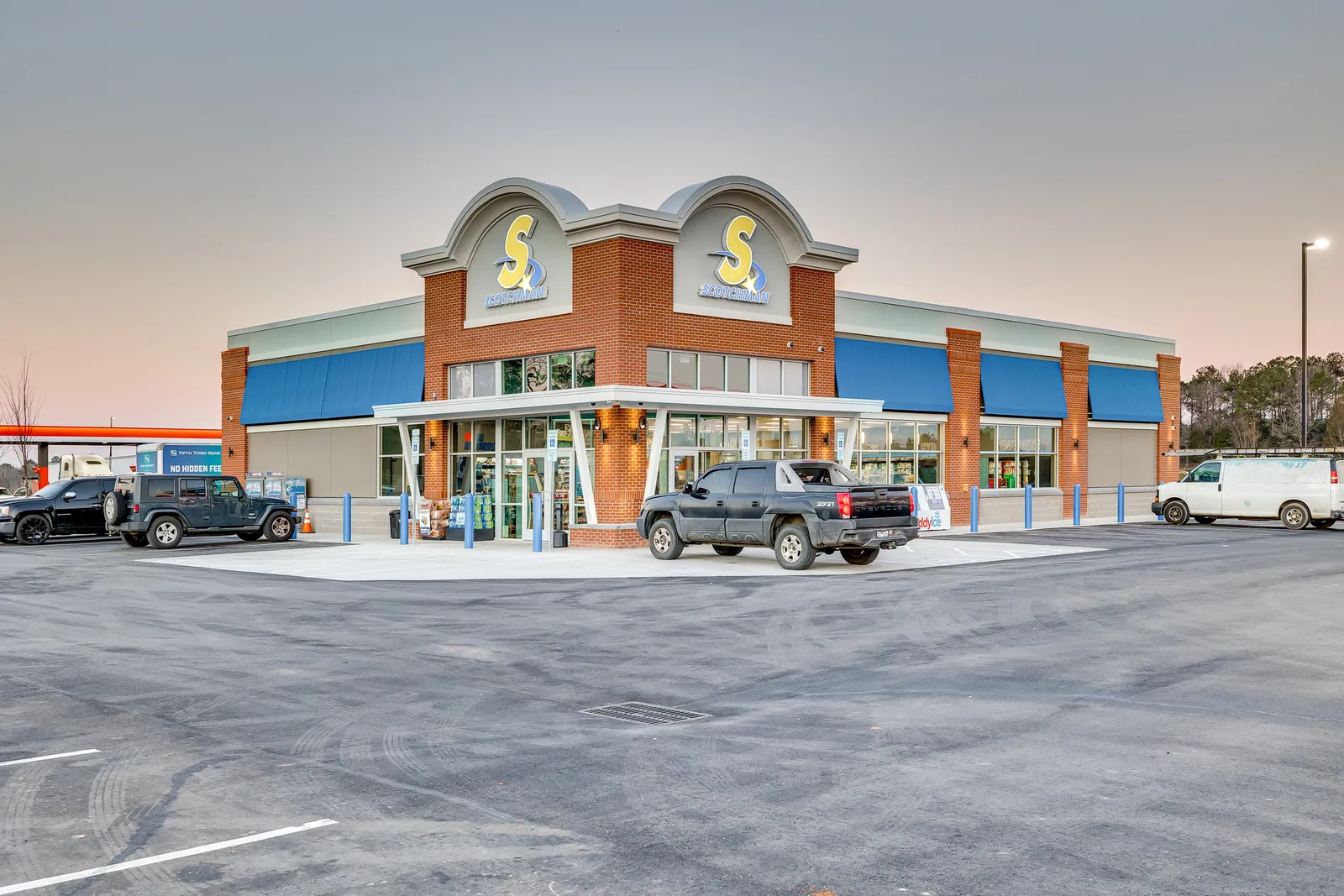
Along with the branding, Arko also tries to keep most of the employees who are running the day-to-day business in place.
Because of Arko’s scale, there’s usually a lot it can bring to the new acquisitions, Kotler said — including loyalty programs for chains that have weak programs or none at all.
“We are usually in small towns, we are not in big metros,” Kotler said. “Most of the population is the same population that come to the stores, and with loyalty for example we are able to offer them, especially in this environment … valuable pricing.”
He noted that Arko also tries to add foodservice to stores that don’t have it yet, update the merchandise where needed and introduce delivery.
While it’s vital to decide what to keep and what to change in an acquisition, experts said it’s also important to ask if there are parts of the acquired chain that could be used to improve the parent company.
“Is there a case to be made that there are revenue synergies?” asked Mohan. “For example, does one have a great food program that could be leveraged across the other store base? Does one have a loyalty program? What about digital?”
Kotler mentioned that Arko often scales products sold by the companies it acquires to other stores across its footprint. As an example, he said Arko expanded a line of salty snacks sold at Scotchman to other chains in Virginia and the Southwest.
Standardizing the technology
Acquisitions can leave a challenging technology landscape in a company’s wake, as Parkland USA recently discovered after a series of pickups.
“Because of the large number of acquisitions, our back office system was five or six different things,” said Jay Erickson, chief operating officer with Parkland USA.
The mix led the company to step back, address what technology it wanted to use and bring a unified technology landscape to its 213 stores — including the introduction of self-checkout and moving to common systems for inventory management, fuel pricing and more.
“We picked a really easy-to-use interface that helps us streamline our fuel pricing and enables us to really kind of get the right price to the right store at the right time,” Erickson said. “So that's really allowed us to gain control of our fuel pricing and reduce the manual processes that we had in the old system.”
Arko also often found that the stores it acquired were using outdated systems.
“Most of those small companies do not have reporting,” Kotler said. “They do most of it on Excel.”
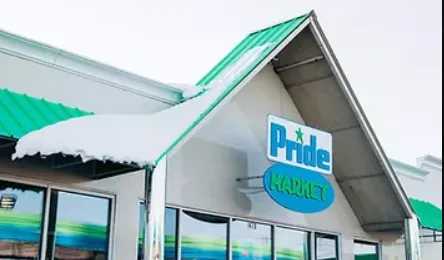
Arko brings the newly acquired companies over to all its systems. This also gives the new stores access to IRI data on customer trends, or Arko’s gas and merchandise pricing algorithms.
“Usually the small chain[s] do not have this kind of technology or access to those kind of reports because it's expensive. If you run a small chain, it's almost impossible for you to keep up with that,” Kotler said.
Joining Arko can also help with other issues smaller retailers may face. For instance, with its scale, Arko can deal directly with big distributors, cutting down on empty shelf space even when supply chains aren’t in peak form, Kotler said.
One of Arko’s goals is to make sure store updates impact the customer as little as possible. “We're gonna do whatever it takes in order not to have a customer [see] any kind of interruption,” Kotler said.
It’s not just integration of the physical systems that’s important — it’s also the integration of the people who are coming with the acquisition.
“I also can't underestimate the importance of clear, crisp, effective communications,” said Mohan. “Oftentimes, it's things like, how do you quickly reassure the employees? What to expect? And how do you ensure folks know what the big roadmap is going to look like?”
Since Arko keeps as much of the staff in place as possible, the company conducts trainings on these new systems so employees can use them effectively and help customers become comfortable with the changes. Arko brings in managers and associates from other stores to help with this process.
Taking time to thoroughly onboard employees at acquired stores helps, but it’s not always a panacea. Kotler noted one of Arko’s earlier acquisitions, a 60-year-old chain where the technology was decades out of date. The changes required to bring that chain up to speed were massive.
“When you do something so transformative to those employees and those associates, they're just not [all] able to take it,” he said. “And some of them just decided that they're not going to continue.”


